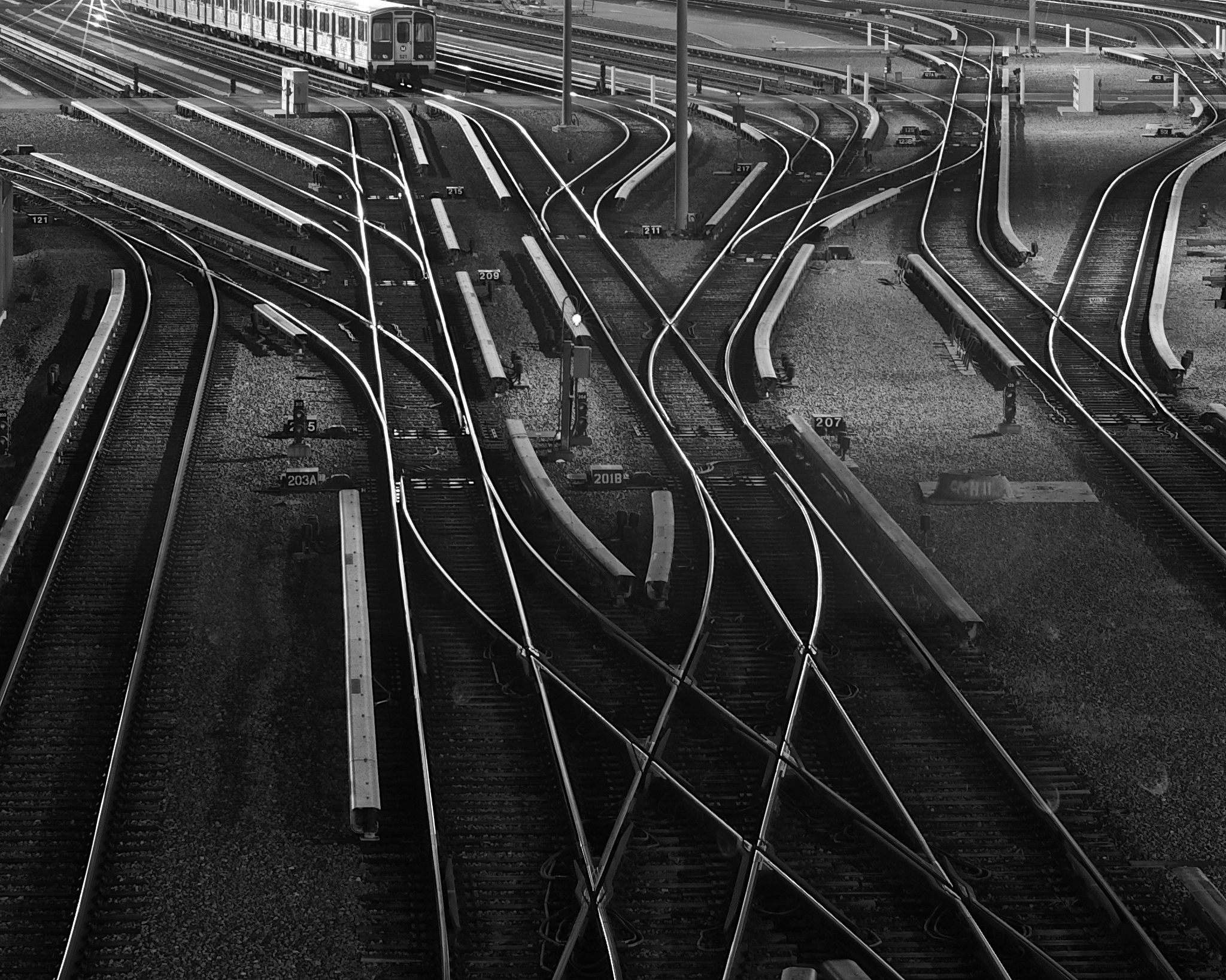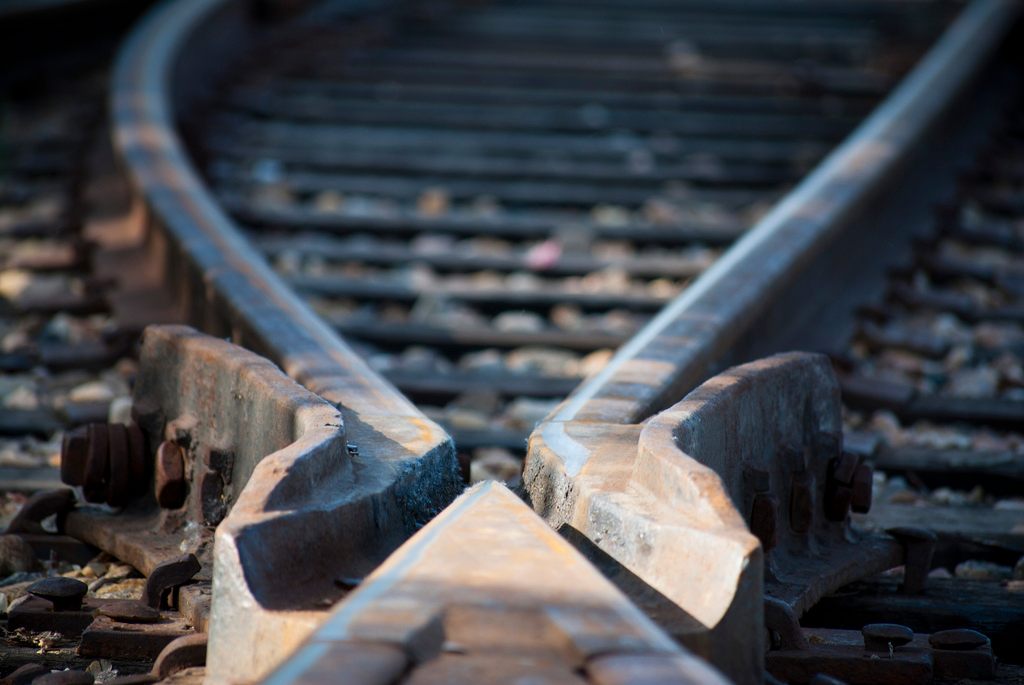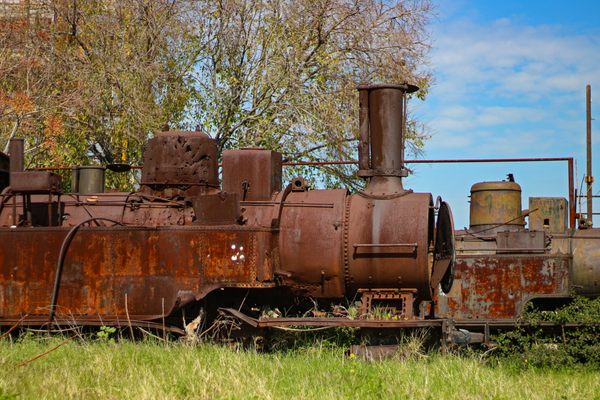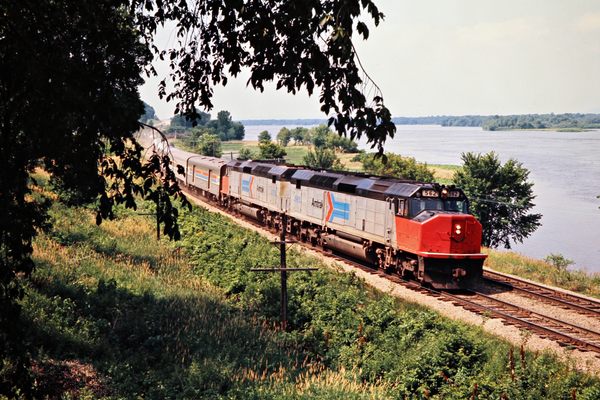The Ingenious System, Run by NASA, for Avoiding Trainwrecks
 (Photo: Steve Lyon/Flickr)
(Photo: Steve Lyon/Flickr)
After the wreck of Train 188 last week, talk quickly turned to how such a tragedy could be avoided. Many zeroed in on one technological fix that could have helped prevent this accident—a system of “positive train control” that remotely monitors trains and slows them if they’re going too fast.
There’s another system, though, that’s being put into place for Amtrak and other train operators that depends on people, rather than technology, to make rail transportation safer. It’s called the Confidential Close Call Reporting System, and it allows employees to actually say something when they screw up.
And it appears to be helping to prevent derailments.
The crux of the issue is that no one likes to admit they made a mistake—especially when speaking up means risking professional punishment. “I’m not going to tell you I ran through the stop sign,” explains Jonathan Morell, a consultant who’s worked on evaluating the program’s impact. “If you have to reveal your identity, you’re not going to talk about things you don’t want to come back to you.”
So, dangerous incidents—the ones that didn’t actually lead to an accident, but only by luck, really—just go unreported. But if the railway company, like Amtrak, doesn’t know about systemic problems, it’s hard to address them. The close call system provides an avenue for employees to communicate with management, without sticking their necks out and getting punished.
 (Photo: Marcel Schoenhardt/Flickr)
(Photo: Marcel Schoenhardt/Flickr)
The system’s key feature is the confidentiality: the reports go through NASA and are stripped of any identifying information before they make their way to the railways themselves. The anonymized reports go to committee that analyzes them and suggests possible solutions.
“It’s not any more complicated than that,” says Morell. “It’s a way of making sure that the people who can solve these problems have the information they need.”
It’s a simple enough idea, and the aviation industry has used it for decades. (That’s one reason why NASA’s involved in rail safety—it’s helped run the aviation equivalent for years.) But close call reporting has only been implemented for rail more recently. It was first launched in 2007 as a pilot project; currently only a handful of railways, including Amtrak and New Jersey Transit, are using the system.
According to the Federal Railroad Administration’s evaluation reports, the system is beginning to work—employees trust it and increasingly are using it to report more “meaty” cases, and the system has led to both better relationships between railway employees and management and an improved “safety culture.” There are also some indications that it’s actually preventing derailments. Within the first couple years of the pilot, reports of derailments were decreasing, and in December 2013, one site reported that “run through switches,” in which a train damages the tracks while moving from one to another, were the most frequent type of close call—and that they were down 50 percent.
Public details about the program’s impact, though, are somewhat scarce. Evaluation reports have found that one of the program’s challenges is actually implementing the “corrective actions” that are recommended in response to the confidential reports, and one report noted that “most of the details” of corrective actions being implemented at pilot sites “were not shared with the Lessons Learned Team for reasons of confidentiality.”
 (Photo: Loco Steve/Flickr)
(Photo: Loco Steve/Flickr)
It’s early, though, and in other industries, analogous systems have notably improved safety. Most accidents in rail transportation aren’t as dramatic—or as deadly—as last week’s crash, but they happen almost constantly: last year, there were more than 1,200 derailments across the country, according to the FRA.
In a presentation Morell and his colleagues gave last month, they noted some of the highest frequency cases involved excess speed. These aren’t necessarily flying-off-the-rail disasters, but even small incidents can carry a high cost, both in dollars and in injuries to passengers and railway employees. One FRA report estimated that the close call system could save the rail industry $92 million in damage to cargo each year and $200 million more in repairs. That’s real money—and one more reason for rail companies to get on board with letting their employees report almost-accidents, before they become big ones.









Follow us on Twitter to get the latest on the world's hidden wonders.
Like us on Facebook to get the latest on the world's hidden wonders.
Follow us on Twitter Like us on Facebook